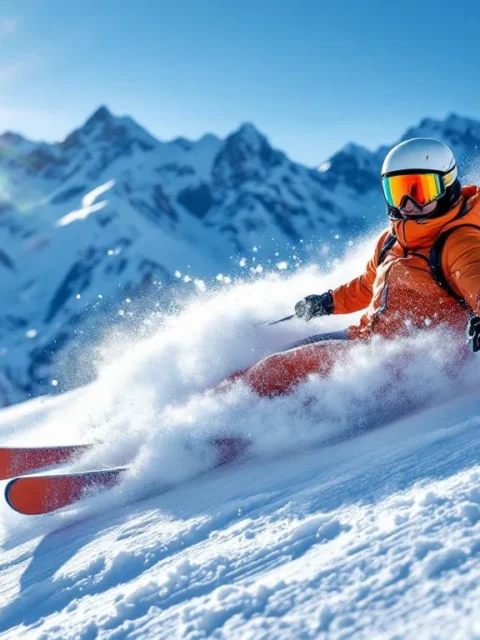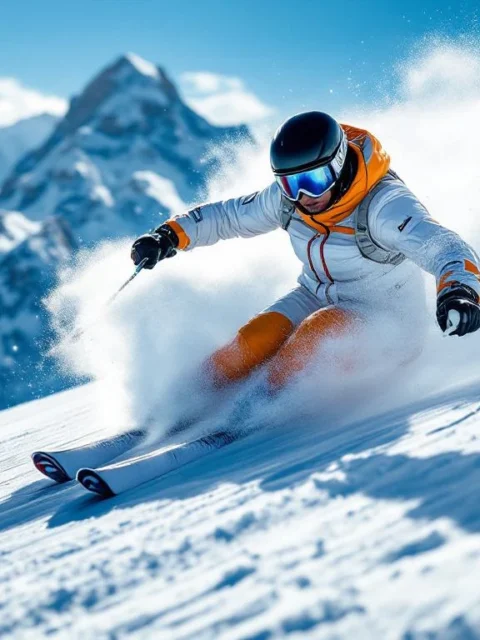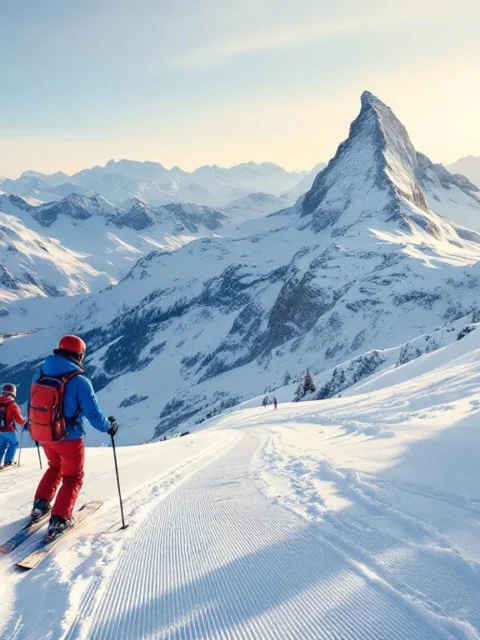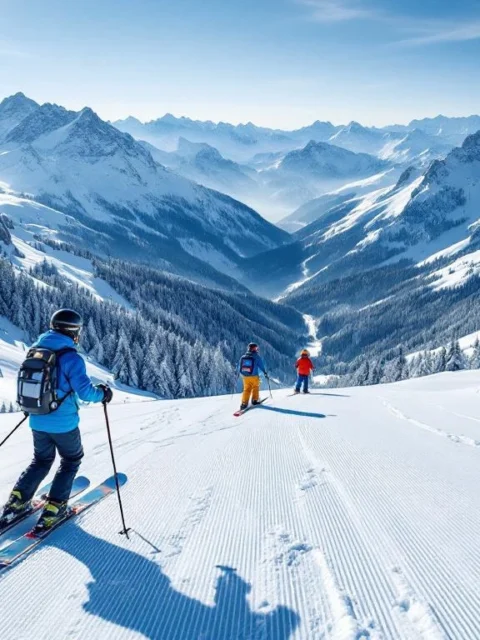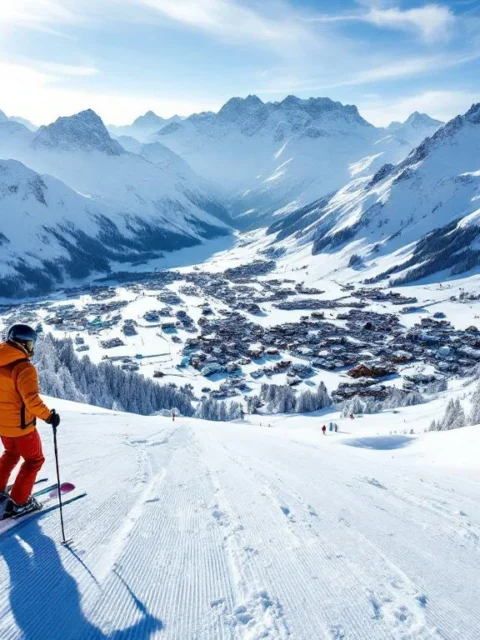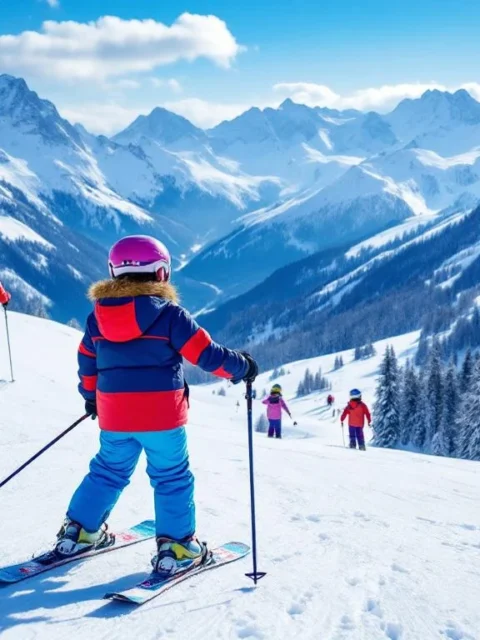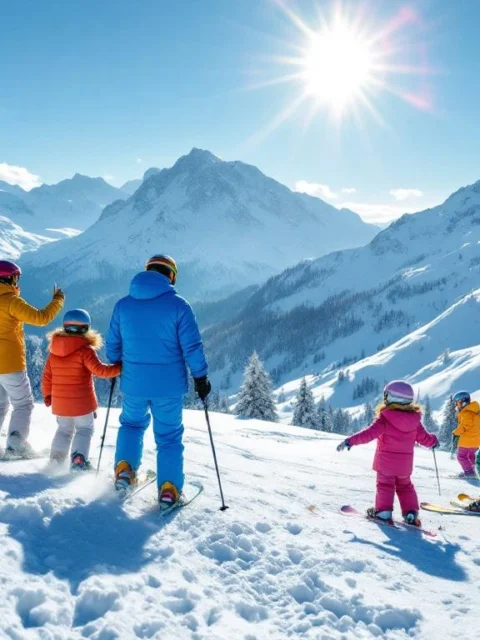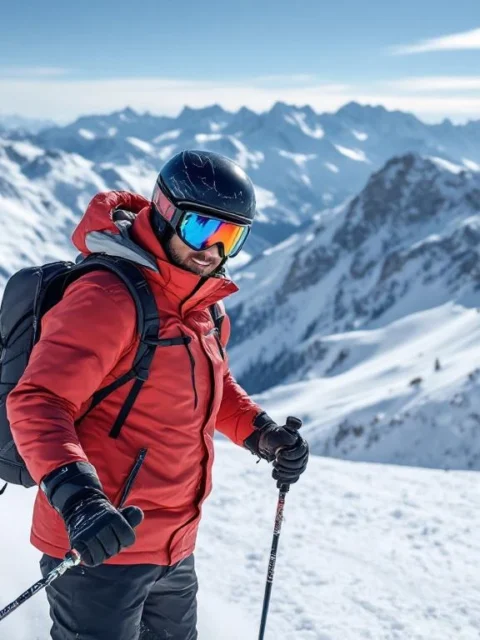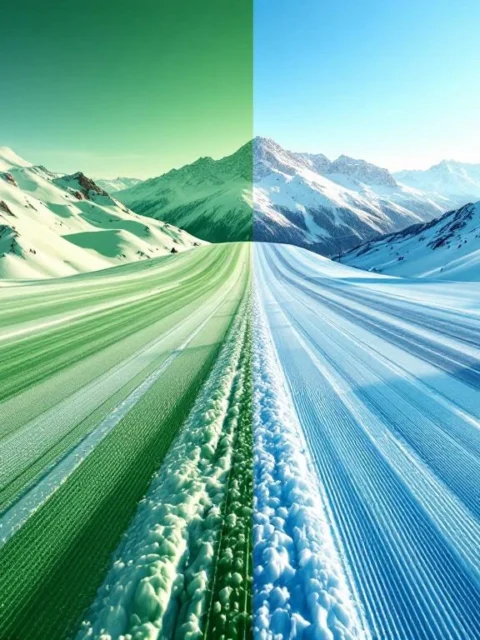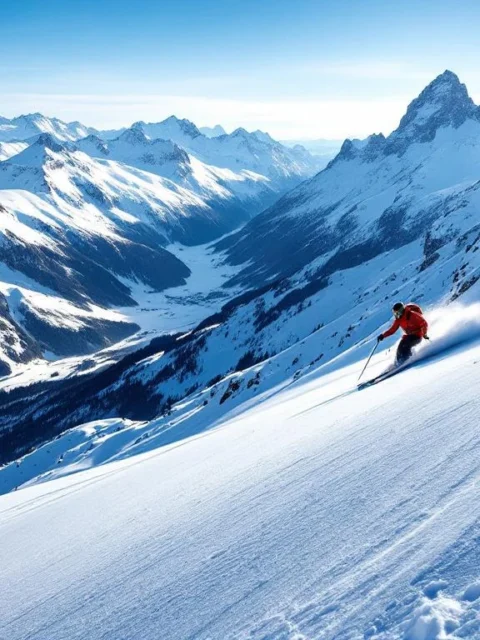How much does a beer cost on the slopes in Austria?
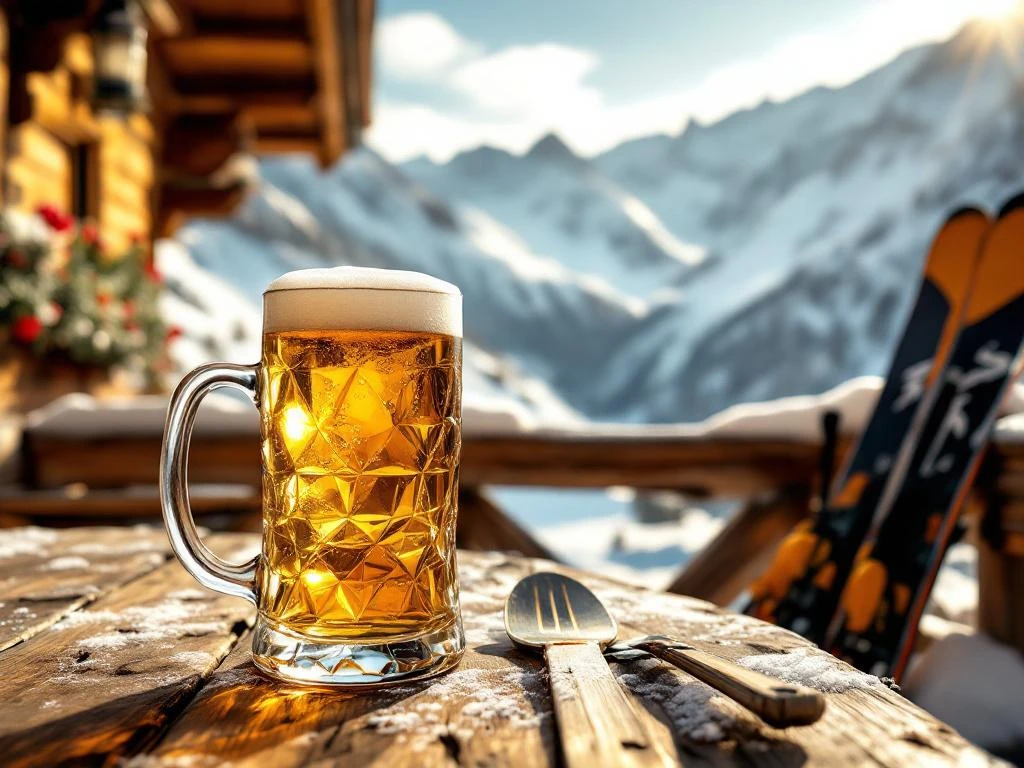
A beer on the slopes in Austria costs on average between €4.50 and €7.50, depending on the ski resort, the altitude of the location, and the type of establishment. Popular ski areas like Innsbruck and Salzburg often charge higher prices than smaller, less well-known resorts. The costs for après-ski drinks vary significantly by region and season.
Why Are Drink Prices Higher on the Slopes Than in the Valley?
Drink prices on the slopes are considerably higher than in the valley due to various practical and economic factors. Transportation costs play a crucial role, as all supplies must be transported to mountain restaurants via gondolas, lifts, or special vehicles.
Ski huts and mountain restaurants operate under challenging conditions. The seasonal nature means that owners must generate their annual revenue in just a few months. Additionally, operational costs in the mountains are significantly higher due to:
- Extreme weather conditions requiring extra maintenance
- Limited accessibility for suppliers
- Higher personnel costs due to the remote location
- Increased energy and heating costs
These factors mean that a beer costing €3.00 in the valley can easily cost €6.00 or more on the slopes.
What Does a Beer Cost on Average in Popular Austrian Ski Resorts?
Beer prices in Austrian ski resorts vary by region and type of location. In Tyrol, with popular destinations like Innsbruck and surrounding areas, you’ll pay an average of €5.50 to €7.00 for a half-liter of beer on the slopes.
| Region | Average Price (0.5L) | Price Range |
|---|---|---|
| Tyrol (Innsbruck area) | €6.25 | €5.50 – €7.00 |
| Salzburg | €5.75 | €5.00 – €6.50 |
| Vorarlberg | €6.00 | €5.25 – €6.75 |
| Smaller ski resorts | €4.75 | €4.50 – €5.25 |
Exclusive mountain restaurants in top ski resorts may charge even higher prices, while simple ski huts often fall at the lower end of this price range.
Which Factors Influence the Price of Après-Ski Drinks?
Various elements determine the final price of your après-ski drinks. The altitude of the ski resort plays an important role, as higher locations bring more logistical challenges.
Important price-determining factors include:
- Exclusivity of the location: Restaurants with panoramic views or unique locations charge premium prices
- Type of establishment: Luxury mountain restaurants versus simple ski huts
- Seasonal influences: Peak periods like Christmas vacation and school holidays
- Accessibility: Hard-to-reach locations have higher operational costs
- Target audience: International tourists often pay more than local visitors
The time of day also makes a difference. Happy hours and early morning prices can be significantly lower than regular après-ski rates.
How Can You Save Money on Drinks During Your Ski Vacation?
There are various strategies to optimize your winter sports budget without sacrificing fun. Timing is crucial for budget-conscious après-skiing.
Practical money-saving tips:
- Take advantage of happy hours: Many establishments offer discounts between 3:00 PM and 5:00 PM
- Choose group deals: Ask about group discounts for larger parties
- Visit local pubs: Go to establishments in the valley in the evening for lower prices
- Bring your own drinks: Where permitted, for example for lunch on the slopes
- Choose smaller ski resorts: Less touristy areas often have lower prices
When comparing ski lesson bookings through platforms that provide access to 250+ ski schools, you can also get information about local price levels and budget-friendly options in various Alpine destinations.
Important Budget Tips for Your Winter Sports Vacation in Austria
Planning is essential for a successful and affordable ski vacation. Après-ski prices can make up a significant portion of your vacation budget, but with the right approach, it remains manageable.
Key points for your budget planning:
- Budget an average of €25-35 per person per day for drinks on the slopes
- Alternate between expensive mountain restaurants and cheaper alternatives
- Research local happy hours and special offers in advance
- Consider accommodations with their own bar or kitchen for evenings
Don’t forget that the real value of your winter sports vacation isn’t just in the drinks, but in the total experience. By planning smartly and using comparison tools for ski lesson bookings, you can save more budget for the things that really matter: great slopes, good instruction, and unforgettable moments in the snow.
The key to a successful après-ski experience lies in finding the right balance between fun and budget, so you can enjoy everything the Austrian Alps have to offer.


